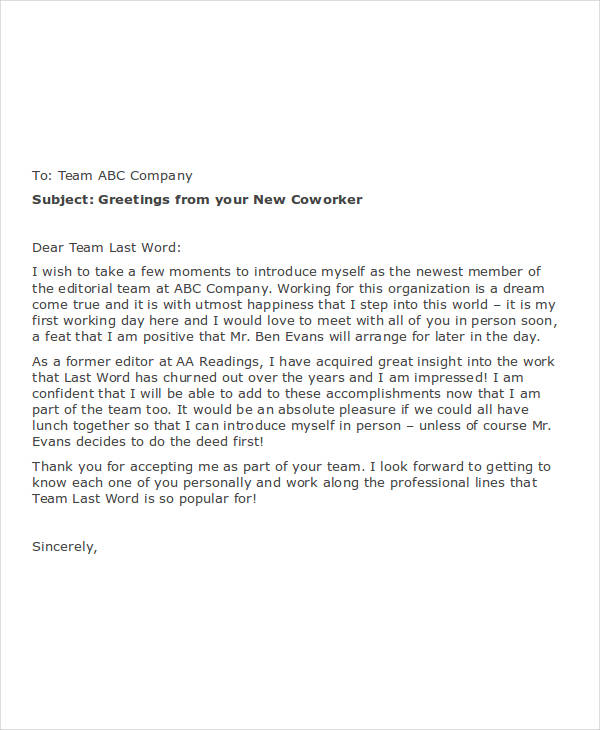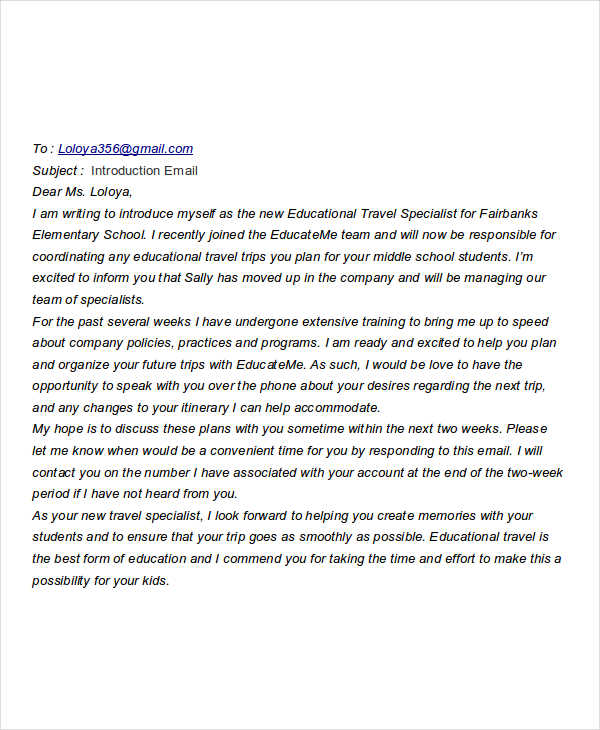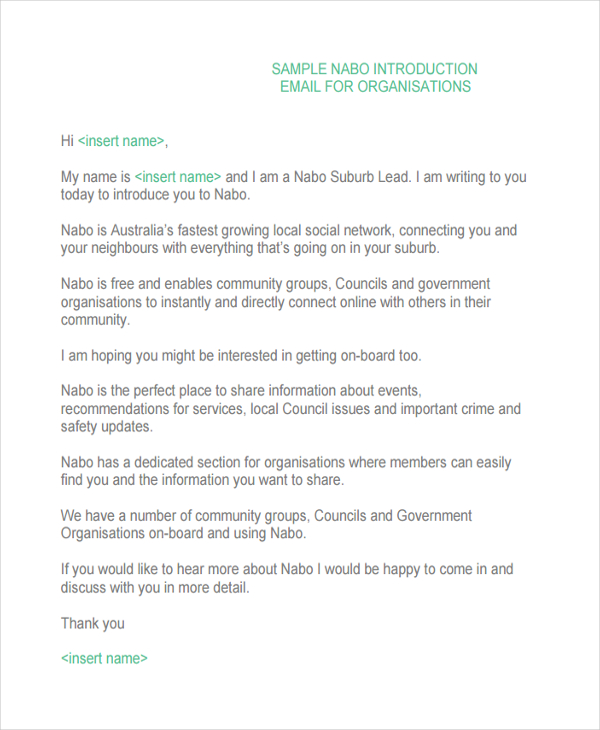23+ Email Introduction Examples to Download
In our interconnected world, email remains a pivotal tool for professional communication. Mastering the art of crafting impactful email introductions can significantly enhance your networking and communication skills. Whether you’re connecting with a potential client, reaching out to a colleague, or making a new connection, the way you introduce yourself through email can set the tone for the entire conversation. This article delves into the nuances of email introductions, providing you with valuable insights, step-by-step guidance, and real-life examples to help you make a lasting impression.
1. Simple Introduction to Email
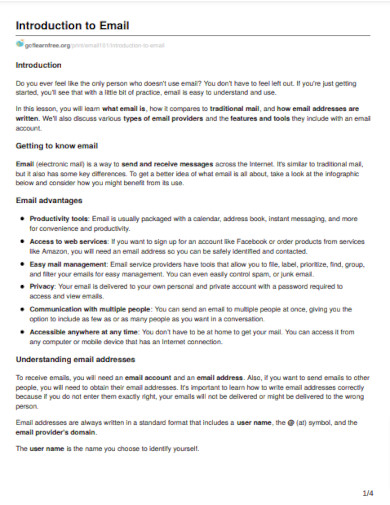
poplarbluff.org
2. Beginners Introduction to Email
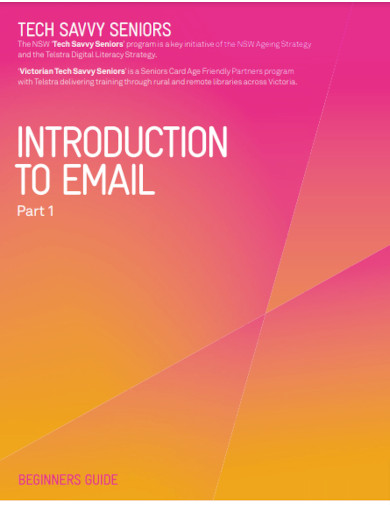
telstra.com.au
3. Introduction to Email Handout
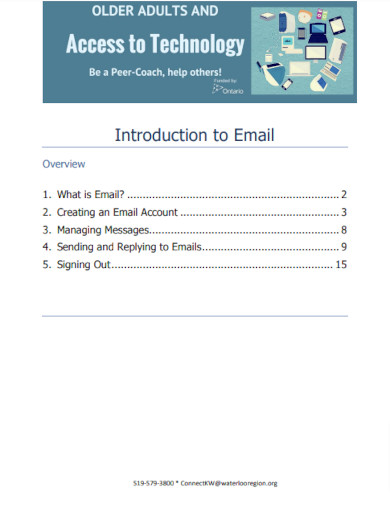
waterlooregion.org
4. Basic Introduction to Email

scoilnet.ie
5. Introduction to Email Student Manual
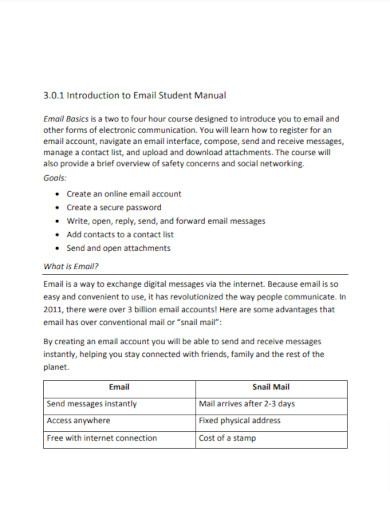
tsl.texas.gov
6. Introduction to the Internet and Email
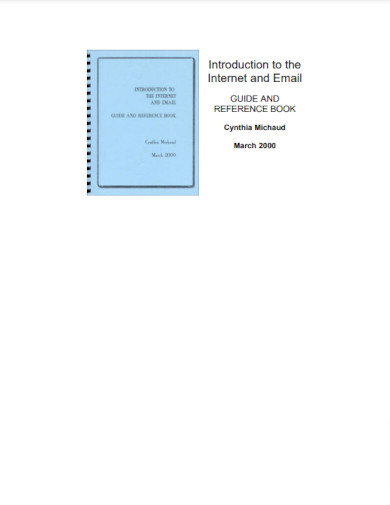
centreforliteracy.qc.ca
7. Editable Introductory Email
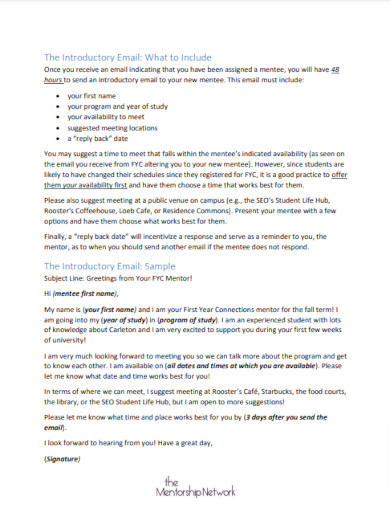
carleton.ca
8. Introductory E-Mail Template
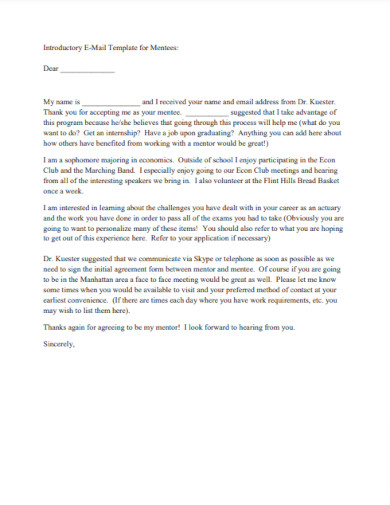
k-state.edu
9. E-mail Introduction Template
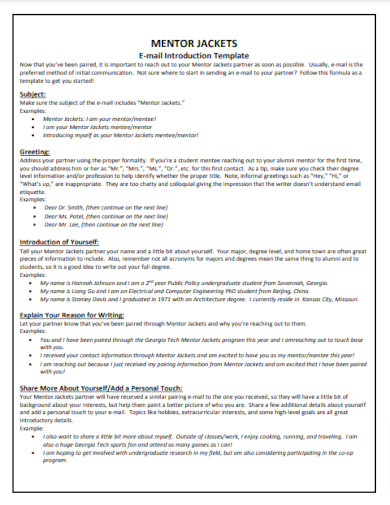
gtmentorjackets.com
10. Homeroom Parent Email Templates
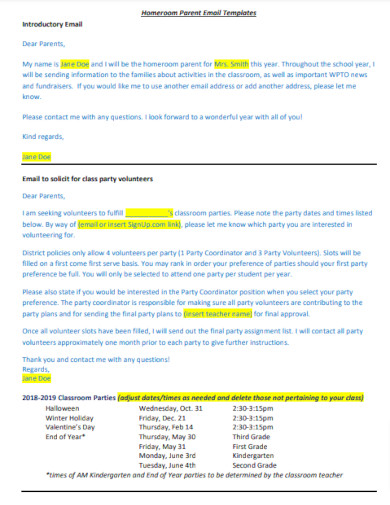
pinerichland.org
11. Sample Training Introduction Email
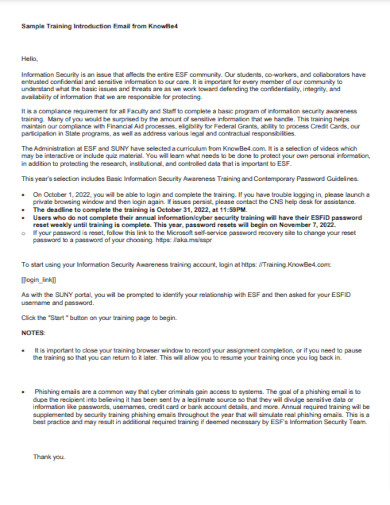
it.esf.edu
12. Printable Email Introduction
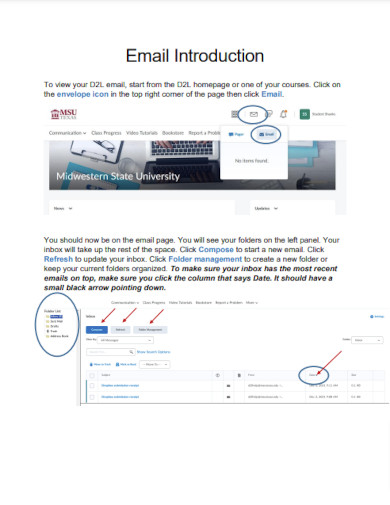
msutexas.edu
13. Introduction Email and Talking Points

cdc.gov
14. Perfect Introductory Email
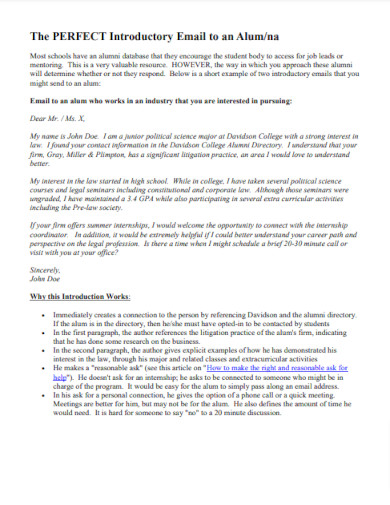
scs.illinois.edu
15. GMAIL Introduction Computer Class
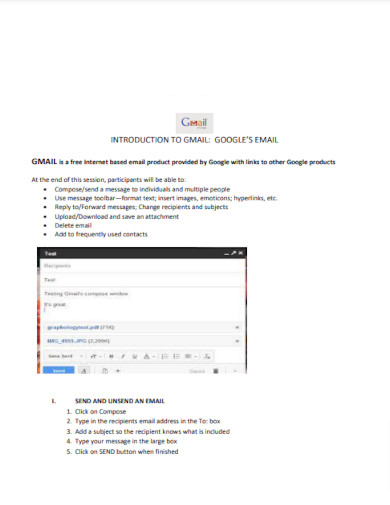
wellesleyfreelibrary.org
16. Introduction to Student Email
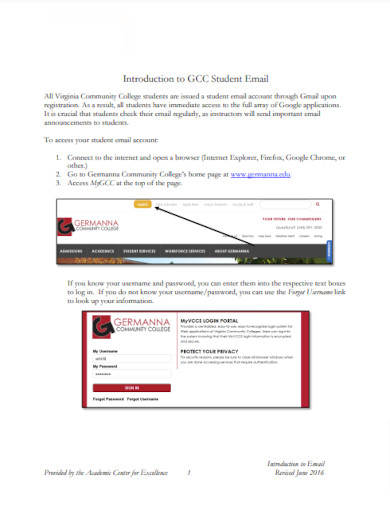
germanna.edu
17. Sample Introductory Email
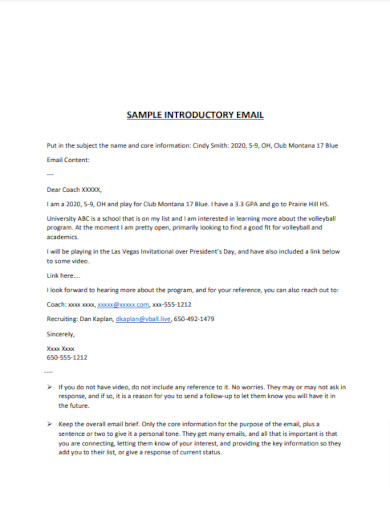
cdn1.sportngin.com
18. Introduction to the Internet and Email Policy
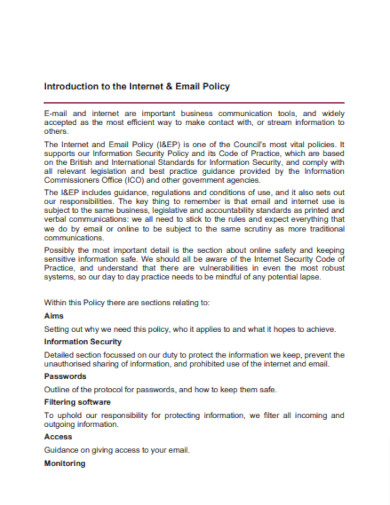
democracy.manchester.gov.uk
19. Introduction to Email Marketing
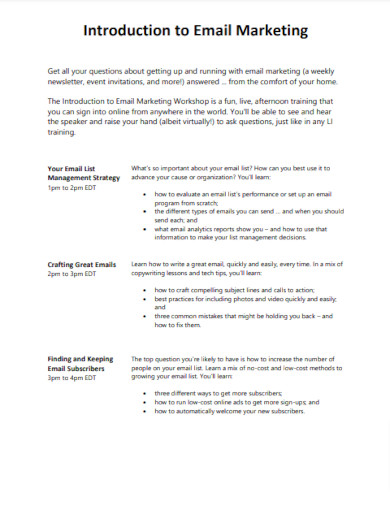
leadershipinstitute.org
20. Business Introduction Example
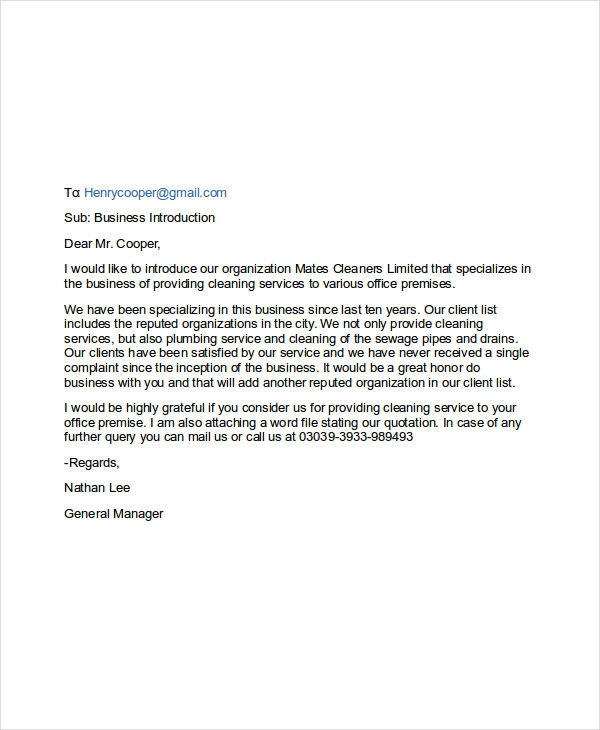
21. Sample Email to Colleagues
22. Formal Introduction Email
23. Company Introduction Example
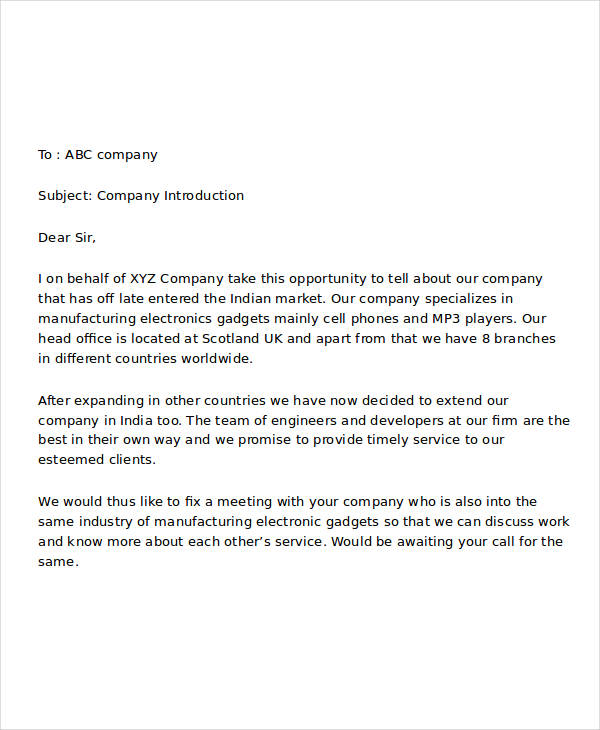
24. Professional Email
What is an Email Introduction?
An email introduction is a critical element of electronic communication that serves as an initial interaction when reaching out to new or existing contacts. It sets the context for the conversation, outlines the purpose or objective of the communication, and establishes a rapport with the recipient. Crafting a compelling email introduction involves more than just avoiding clichés and incorporating proper nouns; it requires careful consideration of tone, verbs, and observation of the recipient’s context.
How to Draft Email Introduction
Now that we’ve established the importance of a well-crafted email introduction, let’s delve into a step-by-step guide to help you draft introductions that leave a lasting impact.
Step 1: Understand Your Objective
Before you start composing your email introduction, clearly define your objective. Are you looking to establish a business partnership, seek advice, or introduce yourself as a potential candidate? Your objective will shape the tone and content of your introduction.
Step 2: Gather Relevant Information
Effective email introductions involve more than just basic information. Gather details that are relevant to the recipient. Incorporate personalization to show that you’ve done your homework and understand their interests or needs.
Step 3: Craft a Concise Introduction
Compose a concise yet engaging introduction that highlights your purpose for reaching out. Use simple sentences and proper nouns to ensure clarity. Avoid clichés and focus on genuine communication.
Step 4: State Your Value Proposition
Clearly state what value you bring to the recipient. This could be your expertise, a common interest, or a potential collaboration opportunity. Using active verbs will help convey your enthusiasm and initiative.
Step 5: End with a Call to Action
Conclude your introduction with a clear call to action. Whether it’s a request for a meeting, a question, or a suggestion for further interaction, guide the recipient on the next steps.
FAQs
What tone should I adopt in my email introduction?
The tone should be professional yet friendly. Adapt it to the context and your relationship with the recipient.
Can I use conjunctions in email introductions?
Yes, conjunctions can enhance the flow of your introduction. However, keep your sentences concise and avoid overusing conjunctions.
Is it necessary to mention my accomplishments in the introduction?
While mentioning accomplishments can add value, focus more on how your skills and expertise align with the recipient’s needs.
Mastering the art of crafting impactful email introductions is an essential skill for effective communication. By understanding the objective, incorporating personalized information, and adopting a concise yet engaging tone, you can create introductions that open doors to valuable connections and opportunities. Keep in mind the power of proper nouns, active verbs, and genuine observation to make your introductions stand out. Start practicing these techniques, and watch as your email introductions lead to meaningful interactions and successful relationships.


